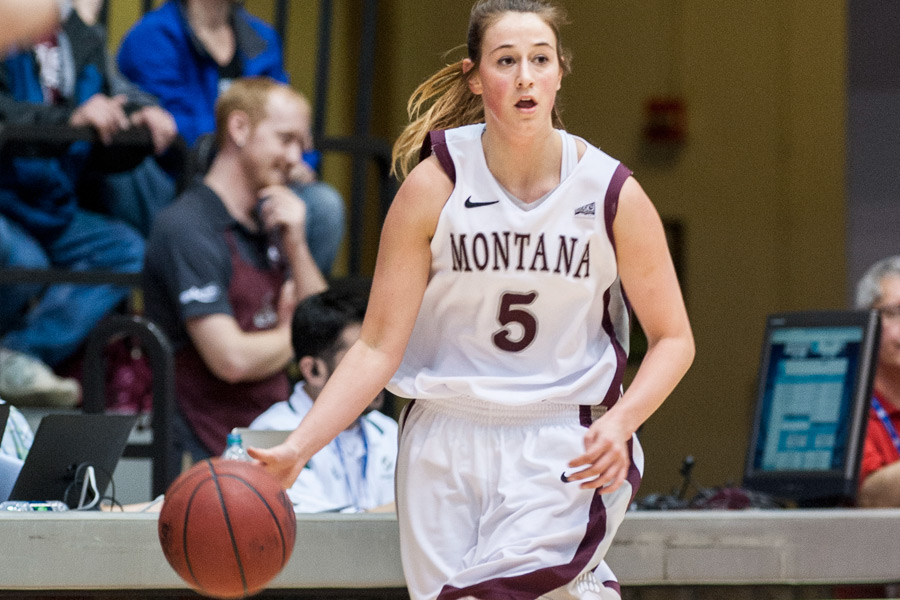For the first time since the late ’70s, when he coached girls’ basketball at Plentywood High School, Robin Selvig is going to be coaching a game that uses quarters.
The women’s college game is set to transition from two 20-minute halves to four 10-minute quarters beginning next season.
The NCAA Women’s Basketball Rules Committee recommended the proposal following its meeting earlier this month in Indianapolis. The new rules will become official when the NCAA Playing Rules Oversight Panel rubber-stamps the changes in June.
From a fan’s perspective, it will be the most noticeable change to the women’s game since the 3-point shot was added in 1986-87.
The change, with major trickle-down adjustments to media timeouts and free throws, was made to enhance the flow of the game by generating fewer stoppages and to bring it more in line with international rules.
“I think it’s positive they are trying to find ways to speed up the game. As it is, games tend to be too long with too many stoppages,” said Selvig, who will be coaching the Lady Griz for the 38th season next winter. “These changes should make it more fan-friendly.”
Games will still have 40 minutes of on-court action. It’s the other changes that will give them fewer stoppages and begin them trending more toward 90 minutes than two hours in length.
Instead of media timeouts at the first dead ball under the 16-, 12-, eight- and four-minute marks, each quarter will have a single media timeout, at the first dead ball under five minutes. If a team timeout is called before the five-minute mark, that stoppage would become the media timeout.
If the breaks at the end of the first and third quarters are viewed as media timeouts, the change would eliminate two media timeouts per game.
Also going the way of Big Sky Conference tournaments that don’t have the atmosphere of a campus library in the summer would be the one-and-one foul shot. Currently teams shoot one-and-one on the seventh team foul of each half and move to the two-shot double bonus on the 10th foul.
Under the new rules, teams would shoot two free throws starting with the fifth foul of each quarter, and team fouls would reset to zero at the start of each period. A team in the bonus at the end of the fourth quarter would carry that into any overtime periods.
Along with games having fewer media stoppages, coaches also will have one less timeout at their disposal.
Instead of having five (four 30-second timeouts, one 60-second timeout), with four carrying over to the second half, teams will have four (three 30-second timeouts, one 60-second timeout), with only two carrying over to the second half.
For overtime games, teams would be given one 30-second timeout for each extra period. They also could carry over any unused timeouts from the second half.
The other major change approved by the committee for 2015-16 would be the ability of a team to advance the ball into the frontcourt in the final minute of the fourth quarter and overtime periods, NBA-style.
After a timeout following a made basket, teams would be able to inbound the ball from the 28-foot mark in their frontcourt. The committee believed the change would add more excitement to offensive possessions at the end of games if teams did not have to advance the ball the length of the court.
Teams also could advance the ball to the frontcourt after a defensive rebound or change of possession in the final minute, with a timeout, as long as there was no advancement of the ball through dribble or pass first.
“I like that. I think it’s a good rule,” added Selvig, who will now be able to turn his basketball-centric mind to creating any number of new sideline-out-of-bounds plays, with the seconds few and the game on the line.
The other important change forwarded by the committee: Defenders will be allowed to place a forearm or an open hand with a bend in the elbow on an offensive post player with the ball whose back is to the basket.
